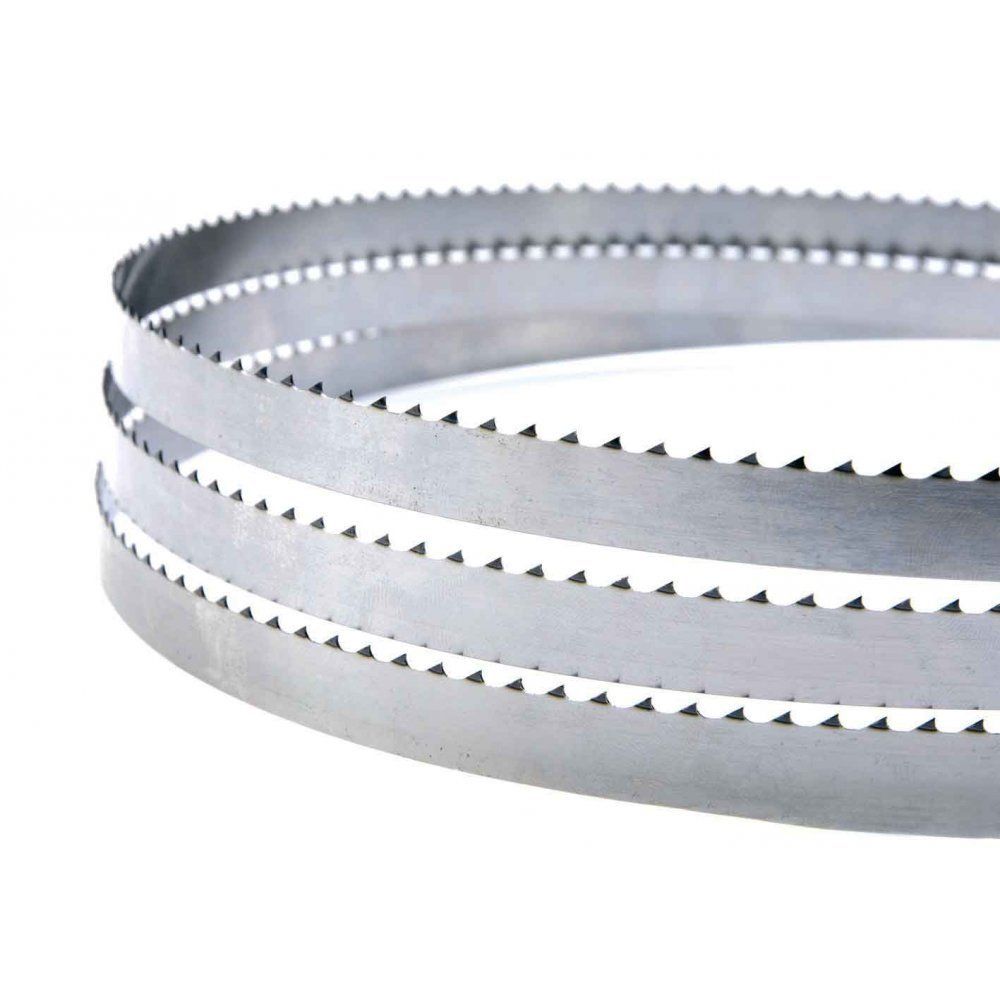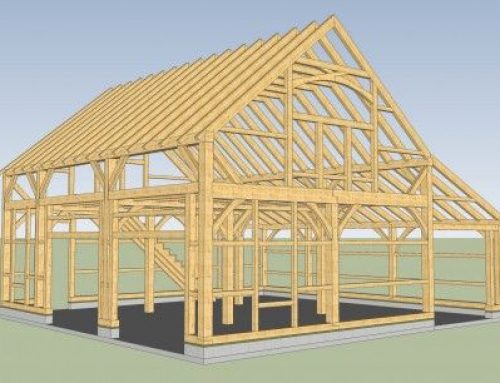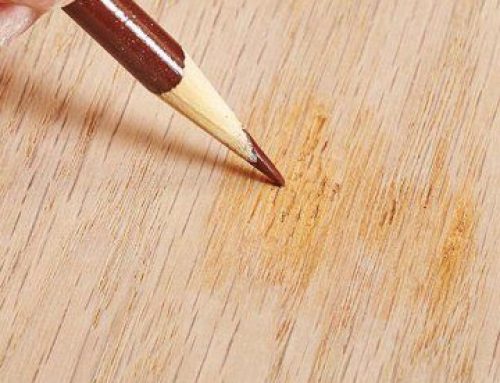If your bandsaw blade isn’t moving consistently while cutting and is becoming noisy or squeaky day by day, it’s sending signals for change. No matter how much carefully you handle it, after a constant usage the blade becomes dull or you’ll find some missing tooth in it. A dull blade will heat up much faster than a blade in good condition and will eventually lead to more serious problems like hairline cracks. It should be replaced immediately.
Need to buy new bandsaw blade? Woodford Tooling can supply thousands of different sizes of bandsaw blades for most of models.
CHANGING BANDSAW BLADE
Changing bandsaw blade can be roughly divided into two phases: Removal of the worn out old blade and installation of new blade.
Before you get started, you have to make sure that the band saw is disconnected to power supply and unplugged.
Phase I: Removal of Worn Out Bandsaw Blade
- Open up the guide assemblies and remove the guide blocks. A bandsaw has two assemblies, one above the table and the other below the table. These assemblies prevent the blade from flexing and twisting while it is making the cut. When guide blocks are removed from the assemblies the blade becomes loose.
- Raise the blade guard and guide assembly for getting to the throat plate in order to remove it. Remove the necessary table parts of bandsaw like the pin or the bolt that keep the table aligned at 90 degree.
- Open up the access doors and the blade guard. The blade guard covers the blade as it travels upwards from the bottom tire to the top tire, and protects you in the case of blade breakage. Then release the tension on the blade from both the assemblies. This can be done by quick release lever or manually by turning wheel.
- Now, remove the blade off the top wheel and guards and then simply slide through table slot or in some cases, the blade has to be turned 90 degrees and then slide it out of the slot.

Phase II: Installation of New Bandsaw Blade
- Before we mount the new blade, it is ideal time for checking the rubber tires on the wheels of assemblies. The dust or debris collected should be cleaned using metal scraper.
- For mounting the blade in the bandsaw, just slide the new blade through the slot. Guide the blade into the blade guards, and roughly center it on both the wheels.
- Now, you need to apply the tension. Wider blades require more tension. Tension should be checked manually by rotating the wheel.
- Turn the wheel slowly and watch how the blade tracks. Use the tracking knob for aligning the blade to the centre of wheel. Once the blade stays centered for several revolutions, final tension can be applied.


- You will notice some type of tension scale on your bandsaw based on the width of the bandsaw blade. What you’ve do is to turn the blade tension hand wheel until you’re very close. Then perform the final tension test on the blade. Try to flex the blade with finger very lightly. It should move just about 1/4 of an inch.
- For resetting the guide, first lower the assembly down. Adjust the thrust bearing so that it is approximately about the thickness of a playing card behind the blade, and then tighten it. Then slide the guide assembly forward until it’s behind the gullets on the blade’s teeth, and tighten it in place.
- Adjust the upper ball bearing guide and then adjust the upper guide blocks. The guide blocks should be placed very close to the blade but should not touch it.
- Repeat these adjustments for the lower blade guides.
- Fix the throat plate at its place and then the table alignment bolt or pin.
If you need to buy new bandsaw blade, we highly recommend buying from Woodford Tooling which supply best quality bandsaw blade and great customer service if you run into any problem while installing your bandsaw blade.
Your blade is now installed properly and the bandsaw is ready to cut.






